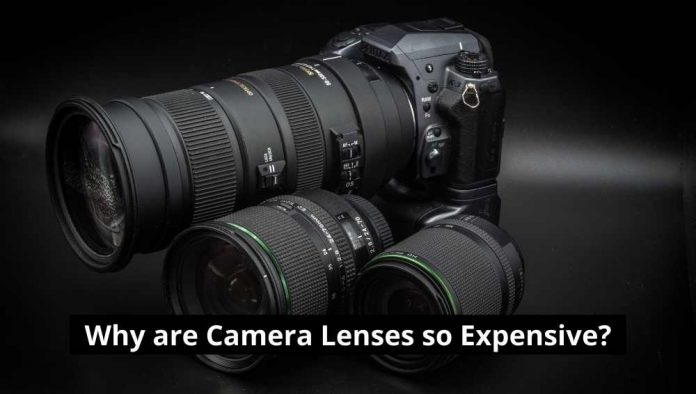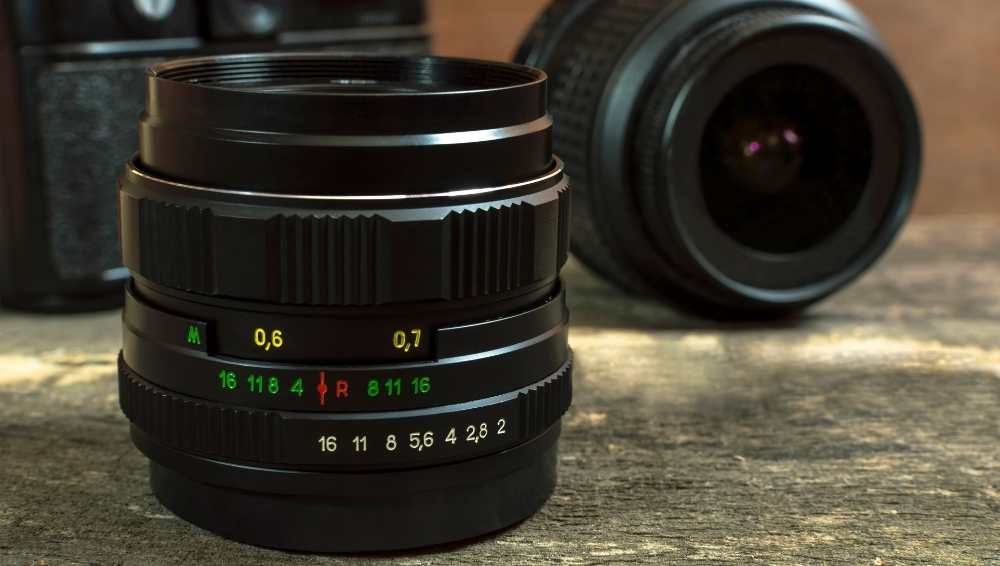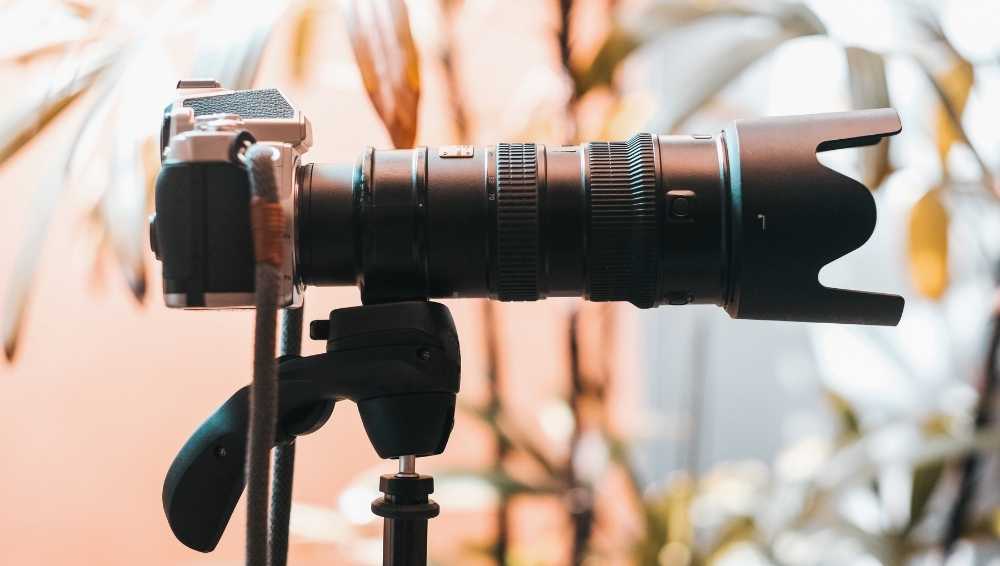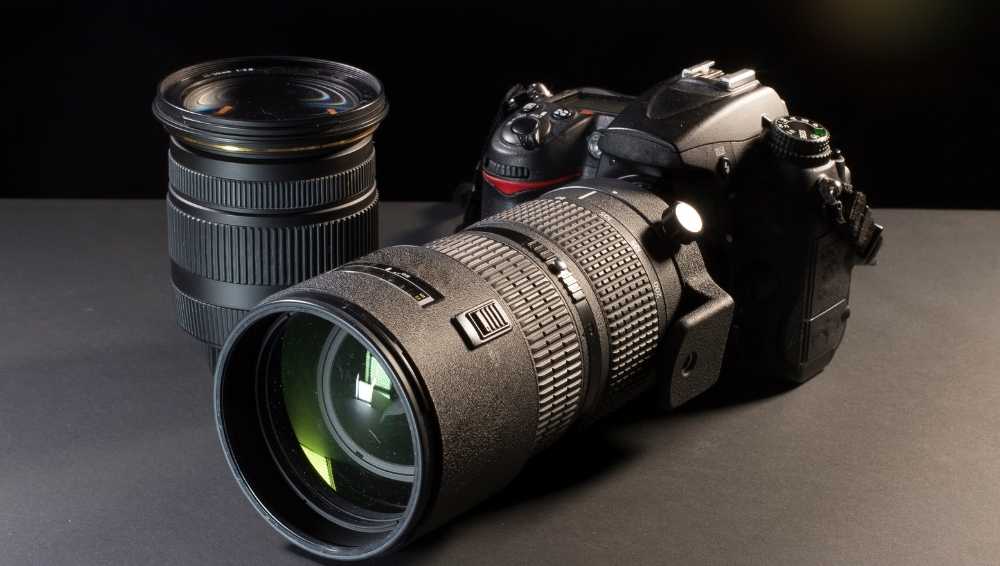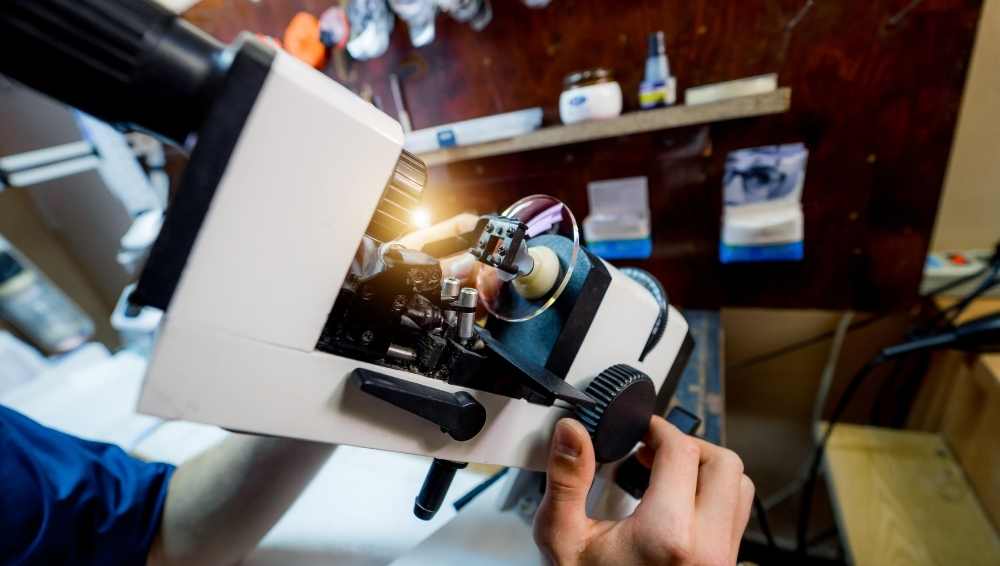Does it come ever to your mind as a photographer or as a buyer of photography equipment and you wondered, “Why are camera lenses so expensive?” The simplest explanation for this is that it is a very competitive market.
Just like in all other competitive markets, the ones that stay in the market and succeed are the ones that offer a product that is different and better than the one before it.
If you’re a photographer and you’re looking at your camera lens and wondering why it costs so much, it’s because it’s probably really good.
They range from a few hundred to a few thousand dollars and even if you’re a professional you still can’t afford them all. With cameras becoming more and more available in the market, the costs of the cameras themselves are declining.
But the costs of the lenses are still very high. This blog is about the reasons behind the high costs of lenses. It is important to note that not all lenses are created equal. Let’s take a look at why camera lenses are so expensive.
Table of Contents
Production Costs and Component Quality
One of the most significant factors contributing to the high cost of professional lenses is the high cost of production and the high-quality criteria imposed by the manufacturer.
Consumer-grade lenses are created in batches in a largely automated environment with little or no human interaction in the manufacturing process.
While each individual glass/fluorite lens element is subjected to a rigorous manufacturing procedure to ensure the highest possible quality, it is permitted to utilize lower-grade acrylic elements or glass with naturally-formed bubbles in consumer lenses.
When compared to consumer lenses, the glass elements used in professional lenses are subjected to extensive testing and examination, with only the best grade optics making it into professional-grade lenses.
Professional lenses, on the other hand, are hand-assembled, with only the highest-quality components (mainly brass and metal) being used to construct the lenses themselves.
As a result, the manufacturing costs of professional lenses are always significantly greater than those of consumer lenses.
Furthermore, professional lenses necessitate a significant increase in research and development in order to produce the best performers in the business, which increases the cost.
Related Post: Best Compact Camera Under 500
Complexity of Design
While a camera lens appears to be a straightforward notion, the construction of each lens can be extremely complex and intricate. This level of intricacy is due in part to the nature of the work that lenses do.
The primary function of a camera lens is to focus and modify light as it travels through the camera and onto the sensor of the camera. Several parts within the lens body are responsible for bending and filtering the light, which is how it does this.
The dimensions, thickness, transparency, curvature, and placement of these pieces must all be determined with extreme precision. As well as being lightweight and tiny enough to be useable when mounted on a camera, the lens must be durable.
The ability to incorporate all of the necessary components inside the lens body adds another layer of complexity to the design process. The weather sealing of the structure is another part of the design that is sometimes disregarded.
In order for fresh lenses to be utilized outside of a studio, they must have seals and coatings applied to them. They help to keep water, debris, and dust from getting into the lens’s internal structure.
Research & Development
Research and development, often known as R&D, is another element that contributes to the cost of high-quality optics. Companies invest significant resources in R&D to ensure that their products are of the highest possible quality.
This research could include not just how to manufacture a new lens, but also what materials should be used in its construction.
R&D departments are also tasked with determining what products to manufacture. It is critical for them to keep up with the latest photographic trends and to understand the industry for which they are producing lenses.
These investigations frequently entail considerable polling and market research, which are both time-consuming and labor-intensive endeavors to complete.
In the highly competitive world of photography, it is also critical for businesses to keep on the cutting edge of technological advancements as well as the introduction of new materials.
This technique assists the organization in ensuring that its loyal clients are not enticed to transfer providers in search of greener pastures in new products and services. Of course, any final product that makes it to market will incur additional costs as a result of this research.
Precision Manufacturing
You must construct the lens itself when you have assembled all of the essential components and created a good design. It is not an easy task to fit all of these high-quality and accurate components into a compact box with tight tolerances.
Precision machinery and highly skilled employees are required to achieve the tight calibrations and precise placement required. Another issue to consider while making lenses is that it necessitates a significant amount of manual labor.
This results in a higher demand for trained personnel and a decrease in machine automation, both of which increase costs.
The speed of manufacture is also substantially slower than it would be if robotic automation could be used instead of other forms of equipment.
Quality Control
After the lens manufacturing process is completed, it is necessary to move on to the quality control phase. Photographers demand that their lenses be absolutely flawless in every way.
When you combine this with the already complicated manufacturing process and detailed design, you have a significant likelihood of a newly created lens failing to make the cut for the final product.
Related Post: Best Camera for Product Photography
Each lens must be evaluated by quality control departments before being approved as fit for use in order to ensure that they are flawless.
Most of the time, this inspection is carried out by hand, with the use of machinery that allows them to measure and test the lens.
FAQs Related to Why are Camera Lenses so Expensive?
Lenses are a significant financial commitment. If you choose the proper ones, they’ll be a lot more cost-effective investment than a new camera, which you’ll almost certainly not need anyhow.
Purely from the standpoint of return on investment, lenses accomplish three key tasks for you. They retain their value for a lengthy period of time after you have purchased them.
This is due to the fact that lenses have a significantly greater influence on picture quality and simplicity of use than camera bodies, and because lenses retain their monetary and photographic value in perpetuity whereas camera bodies depreciate in value after a few years. You will almost certainly still be using whichever lens you purchase now in five or ten years.
Conclusion
You don’t have to be interested in photography for very long before you realize that equipment, especially high-quality equipment, is not inexpensive.
While it’s easy to understand why our high-tech camera bodies are so pricey, you might be perplexed as to why camera lenses are so expensive. They may appear to be pretty basic devices, funneling light into a camera that does all of the work.
We have written all the factors that make them pricey and you will now come to learn why camera lenses are so expensive.
For more information about cameras visit our website.
